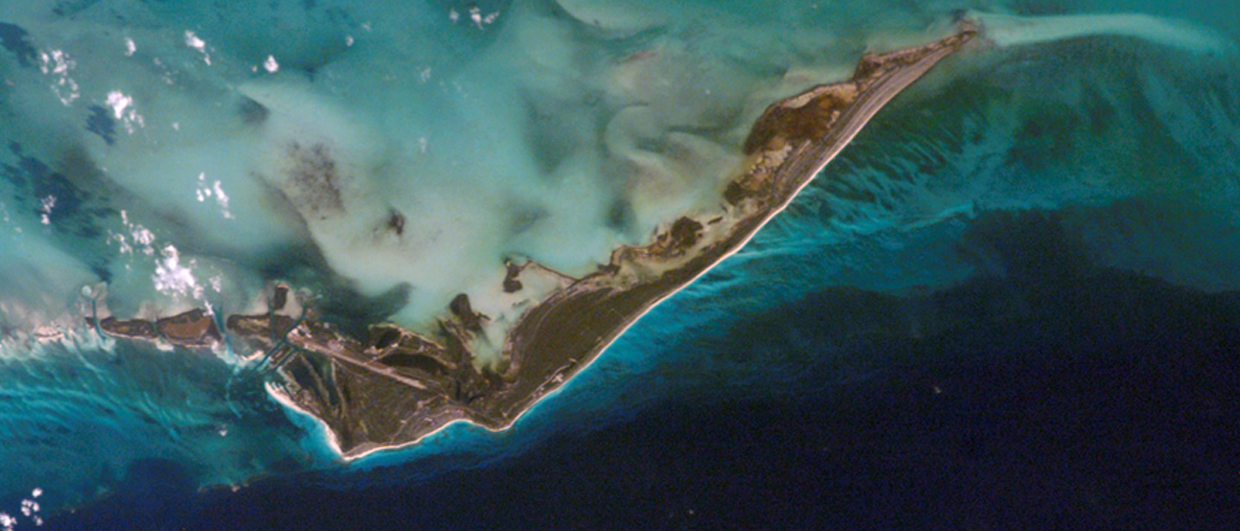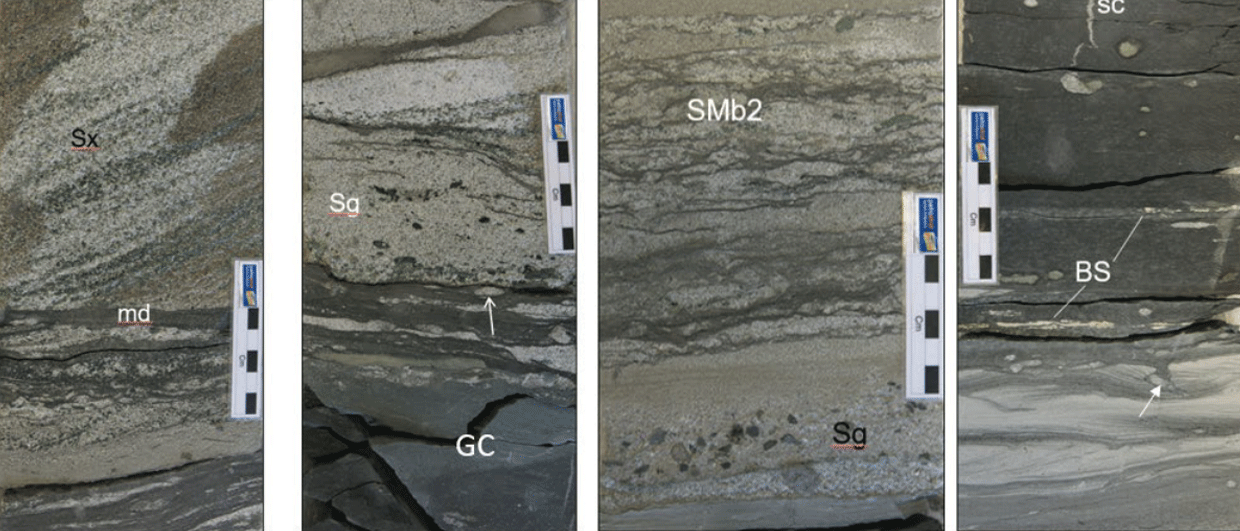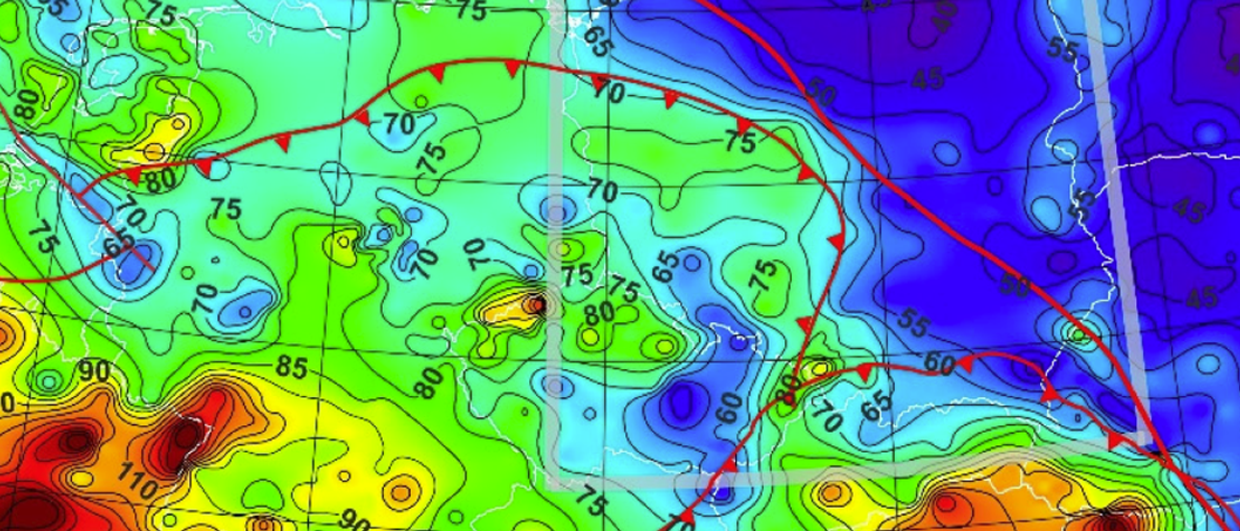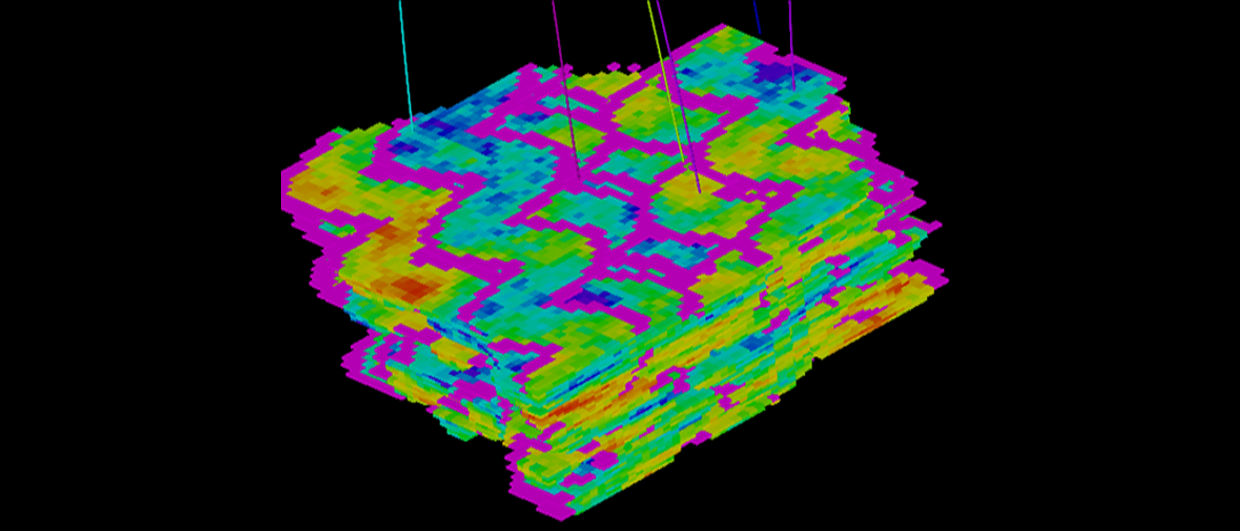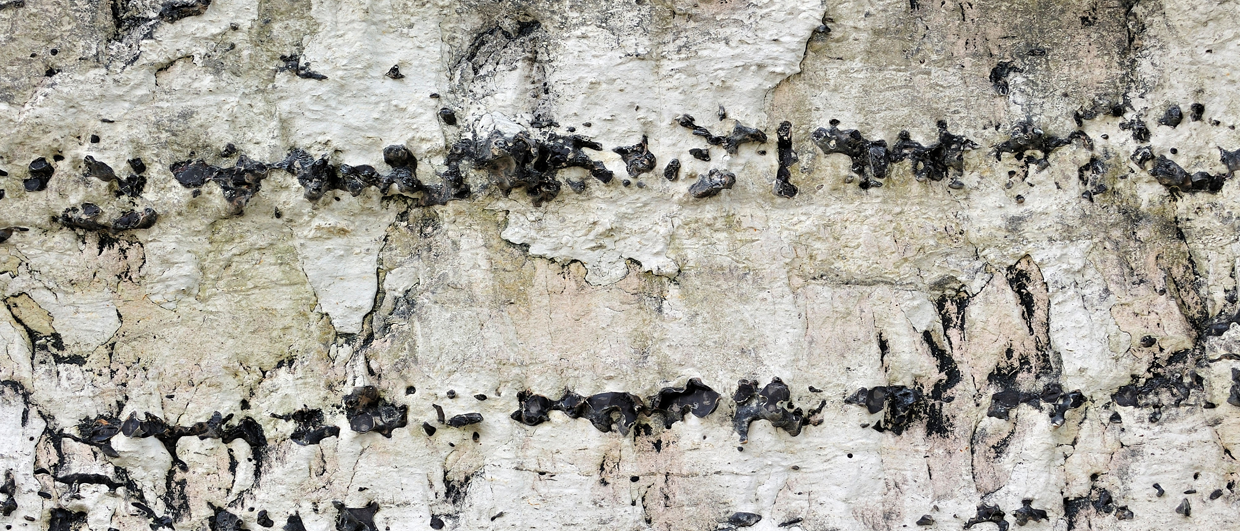For most people working in subsurface teams, discussions related to the interpretation of depositional facies on the basis of well logs are part of the daily routine. The more geologists in the room, the more ideas and interpretations. We decided to add some spice to these discussions and ran three polls on LinkedIn and Twitter. Each poll asked a simple question related to an important depositional environment; fluvial, carbonates and deep water.
The questions were:
- Do you interpret a blocky gamma-ray pattern as a braided river deposit and a fining upward trend as a meandering river?
- Should Maximum Flooding Surfaces in carbonate sequences always be interpreted at a peak in thorium and potassium?
- Using GR and dipmeter, is it possible to differentiate between proximal and distal settings (parallel to flow) in a deep-water environment?
Today, we discuss the poll related to carbonate depositional environments. This is part 1 of the cover story that will soon appear in Issue 2 of the magazine.

Carbonates
Establishing the sequence stratigraphic framework of a succession is a fundamental step to providing the building framework for the understanding of the depositional architecture and its impact on the vertical and lateral facies variations in a reservoir.
Many times, peaks in gamma-ray are automatically taken for maximum flooding surfaces. Nonetheless, the reality is more complex
I spoke to two carbonate experts for this poll; independent petrophysicist Jan van der Wal and carbonate geologist Laura Galluccio from Badley Ashton. Both have extensive experience working on a wide variety of carbonate reservoirs, primarily in the Middle East.
In an email exchange, Laura commented: “Many times, peaks in gamma-ray are automatically taken for maximum flooding surfaces. Nonetheless, the reality is more complex. Depending on the type of carbonate platform or ramp, the maximum flooding surfaces may well be within the most energetic and therefore cleanest facies. For this reason, maximum flooding surfaces will not correspond to a gamma-ray high, but rather a gamma-ray low in some cases.”
Jan remembers similar discussions whilst at meetings in the Middle East. “Some aspects of carbonate facies interpretation always crop up and the one on recognising maximum flooding surfaces based on logs is certainly something I remember and where there are always different points of view.”
The outcome of the poll reflects well what Laura and Jan said; the majority of the voters are of the opinion that maximum flooding surfaces should not always be interpreted at gamma-ray highs. However, a minority of 11 people indicate that it should, demonstrating that there are different points of view on this.

A shallow ramp
Laura recalls a paper she published recently based on work Badley Ashton performed together with ADNOC on the Lower Cretaceous, Lower Lekhwair Formation in Abu Dhabi. This is one of the most prolific oil reservoirs onshore and offshore UAE.
The study shows a depositional system characterised by the alternation of clean and argillaceous carbonates (see figure). The argillaceous facies reflected deposition within a very shallow water setting affected by continental runoff, whilst the clean carbonates reflected shallow water sedimentation away from the source of clays and therefore in a relatively deeper setting.
In this context, the sequence boundaries were placed at the base of the shallowest argillaceous intervals, characterised by the highest gamma-ray, where prominent hardground surfaces were also seen in the core.
In contrast, the maximum flooding surfaces were picked within the clean carbonates showing the highest accumulation of Lithocodium/Bacinella floatstones, having a relatively clean gamma-ray signature.
This example is an indication that maximum flooding surfaces do not necessarily correspond to highs in gamma-ray. Their positioning strongly depends on the specific depositional context.

